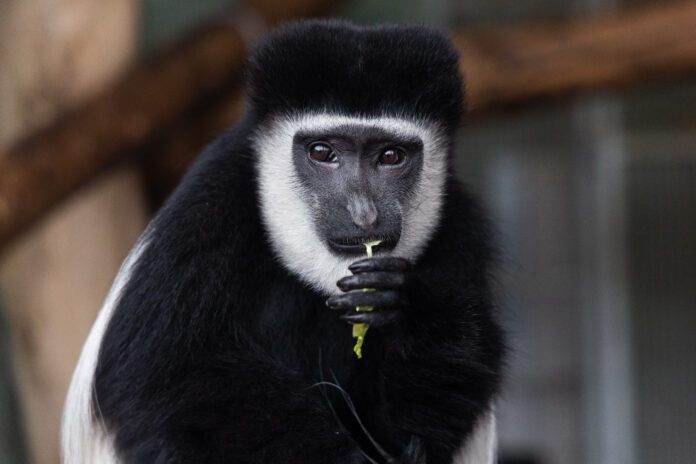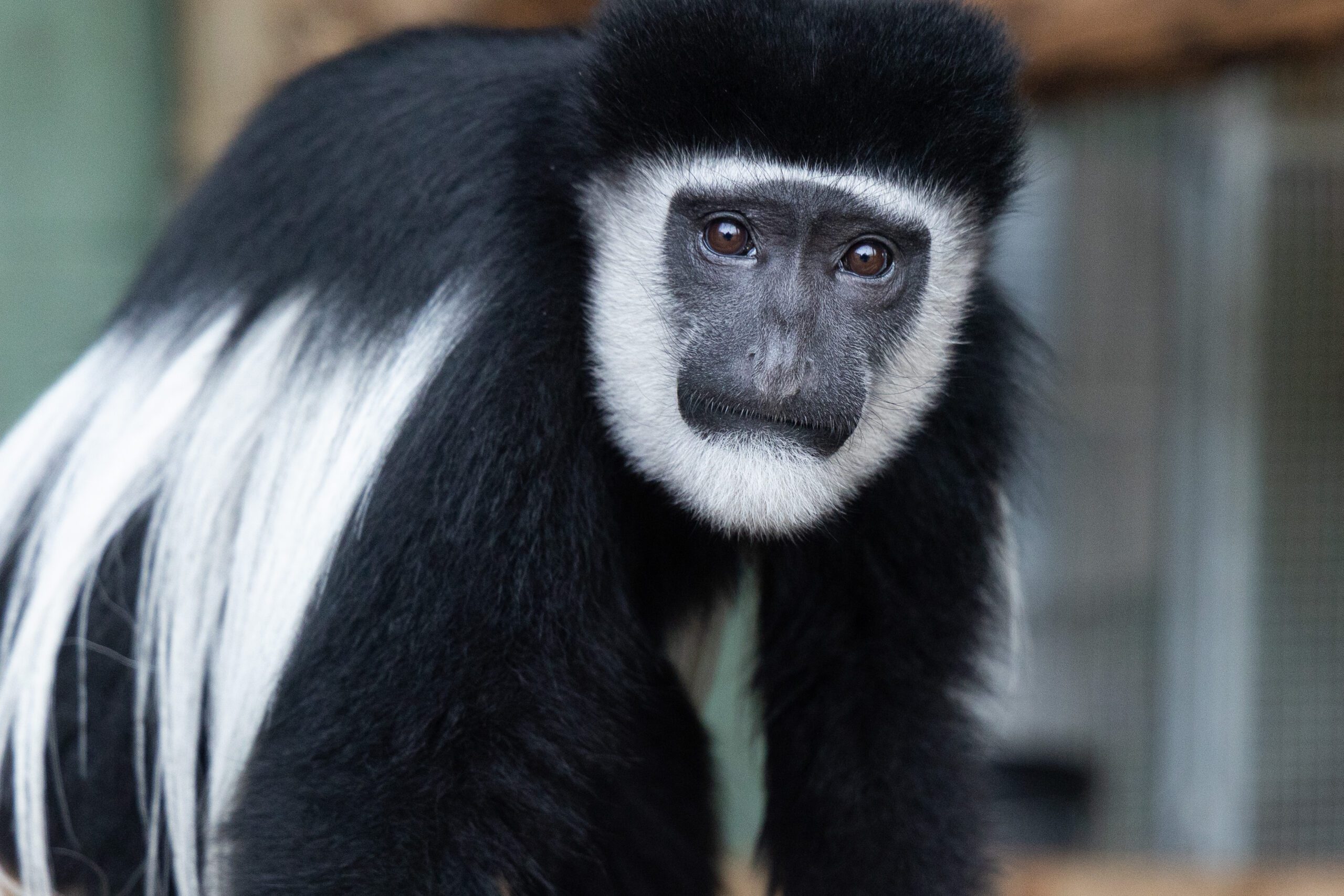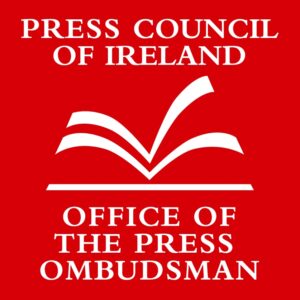
Fota Wildlife Park announced the arrival of Freya, a new female Black and white colobus monkey who came from Zoo La Palmyre, France earlier this year as part of a European ex-situ breeding programme.
Freya, who is four and a half years old, is being gradually introduced to the resident breeding male Black and white Colobus.
Freya can be seen acclimatising to her new surroundings in the colobus monkey house located just inside the main Fota Wildlife Park entrance.

REPRO FREE
Freya a Black and White Colobus Monkey is the latest animal to arrive in Fota Wildlife Park.
Photo Darragh Kane
She will be joined by three other female colobus monkeys, Nia, Kimani and Massassi who will be coming to Fota from the Bojnice National Zoo, Slovakia in the coming months.
A native of Africa, the distinctive-looking Black and white colobus live high up in the forest canopy, which can be very cold.
They are mostly covered in a long black pelt which contrasts with a flowing white mantle of hair on their shoulders and back and feature white facial hair and beard. Colobus monkeys are herbivorous and eat leaves, fruit, flowers, and twigs.
Lead ranger Teresa Power said, “We are delighted to welcome this new female Colobus, Freya. We hope that Freya will breed with the dominant male colobus, Tom. Although listed by the International Union for Conservation of Nature as Least Concern, the Black and white colobus is popular for its unique coat and has been hunted for centuries because of this.
“The Black and white colobus’ native African habitat is threatened by agricultural developments and timber production. Therefore, ex-situ breeding programmes at wildlife parks and zoos are essential for species survival.” she said.
Fota’s Colobus monkeys are of a race known as kikuyuensis, which originate in the cool mountain forests of Kenya. In Fota, they eat monkey chow, fruits, vegetables, and willow branches. The original group was made up of bachelors who arrived in Fota Wildlife Park from Belfast Zoo in 2010.
Fota Wildlife Park is a leading contributor to the conservation of national and global biodiversity through conservation education, and the breeding of endangered species and the promotion of conservation work world-wide.
Fota Wildlife Park to date has donated €400,000 to the Madagascan pochard project. Much of these funds were raised by purchases of duck pellet by the public at Fota Wildlife Park’s popular duck feeder facility.
Earlier this month, a group of captive-bred Madagascan pochard, known as the rarest bird in the world as it was thought to be extinct, was released back into the wild, bringing the total number released to 47. The project, established in 2009, is run in conjunction with the Durrell Wildlife Conservation Trust and the Wildfowl and Wetlands Trust (WWT).
Fota Wildlife Park participates in European Endangered Species Breeding Programmes (EEP) for several animal species, including the Cheetah, Black and white ruffed lemurs, European bison and Simitar-horned oryx.










